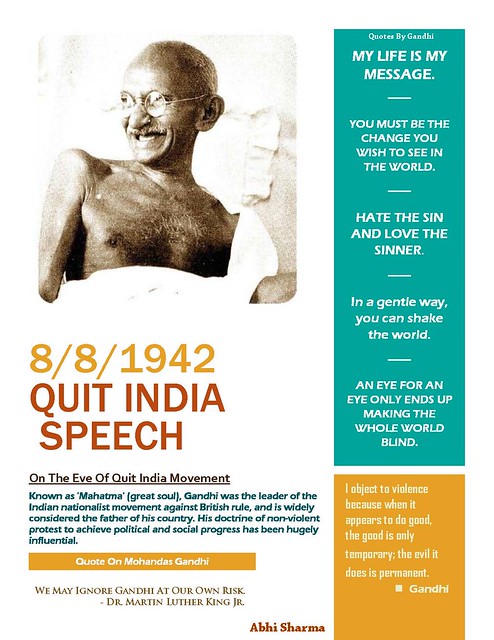 >Our Prime Minister Modi spoke loud and clear at Madison Square today – he sought a mass movement called development, big efforts for small works, cleanliness is godliness, not to be shy of tough tasks, take challenges head-on, tardiness to go take a back seat!
>Our Prime Minister Modi spoke loud and clear at Madison Square today – he sought a mass movement called development, big efforts for small works, cleanliness is godliness, not to be shy of tough tasks, take challenges head-on, tardiness to go take a back seat!
Though I know he spoke his heart out and have no doubts that he won over many too, I fear how many will toe this line. Sometimes, a passionate individual, will tend to believe that passion is the norm with all. Then comes along a few shocks as one potters away… many an earlier smiling and cheering fellow will waylay or bide a moment to regress into old habits. I hope that will not be the case, and the excitement lasts long enough to become a new obsession.
This mass movement named Development is in truth a cry to shun Apathy, to stop looking for easy excuses that censure you from your path! And to believe that wherever your persist for excellence, whatever the result, your continued efforts make a difference.

 In school, we learnt that the greatest boost to human evolution occurred when our ancestors learnt to manage fire. Domesticating fire for the purpose of cooking is considered the supreme causal factor for hastening the evolutionary development of homo-sapiens. Today, no human group eats all of its food raw.
In school, we learnt that the greatest boost to human evolution occurred when our ancestors learnt to manage fire. Domesticating fire for the purpose of cooking is considered the supreme causal factor for hastening the evolutionary development of homo-sapiens. Today, no human group eats all of its food raw. .JPG)

